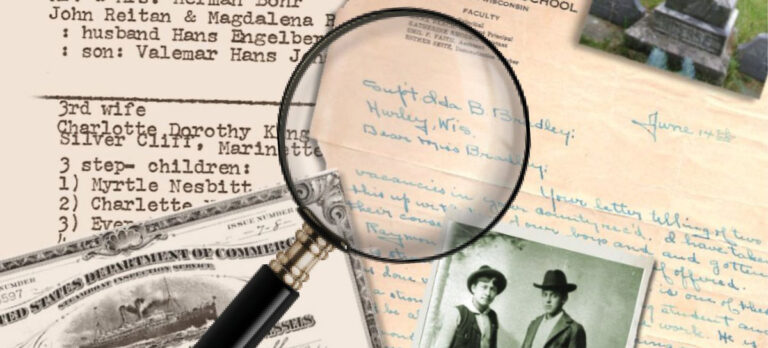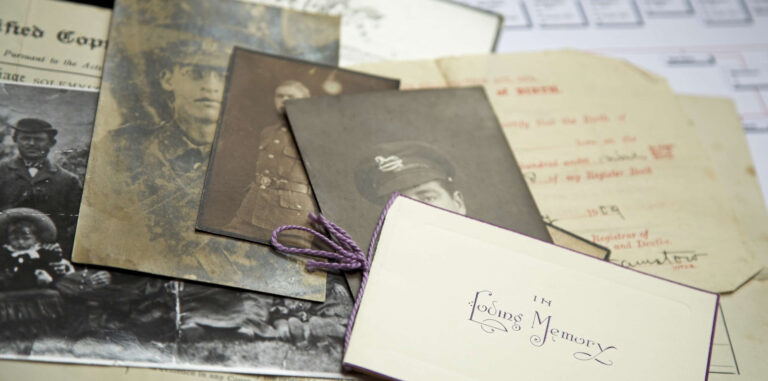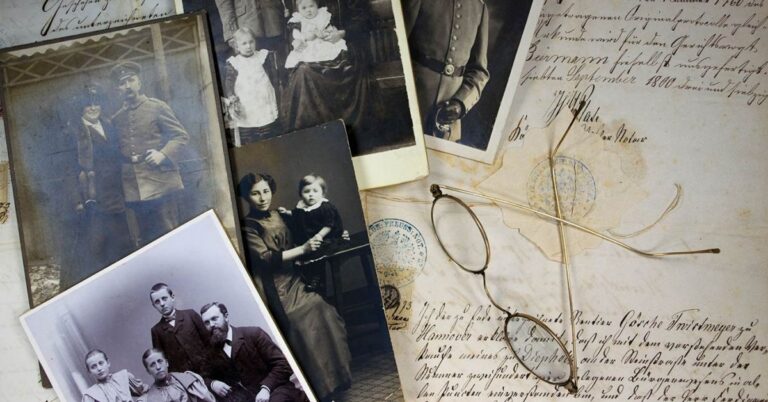Genealogy Tips

September 14, 2020
Family Stories . . . and How I Found Mine illustrates the Potential of Pension Records
Read more

July 27, 2020
Family Stories . . . and How I Found Mine and the Challenges of Ancient Sources
Read more

July 20, 2020
Reaching Genealogical Conclusions: Hypothesis, Theory & Proof By Elizabeth Shown Mills
Read more









